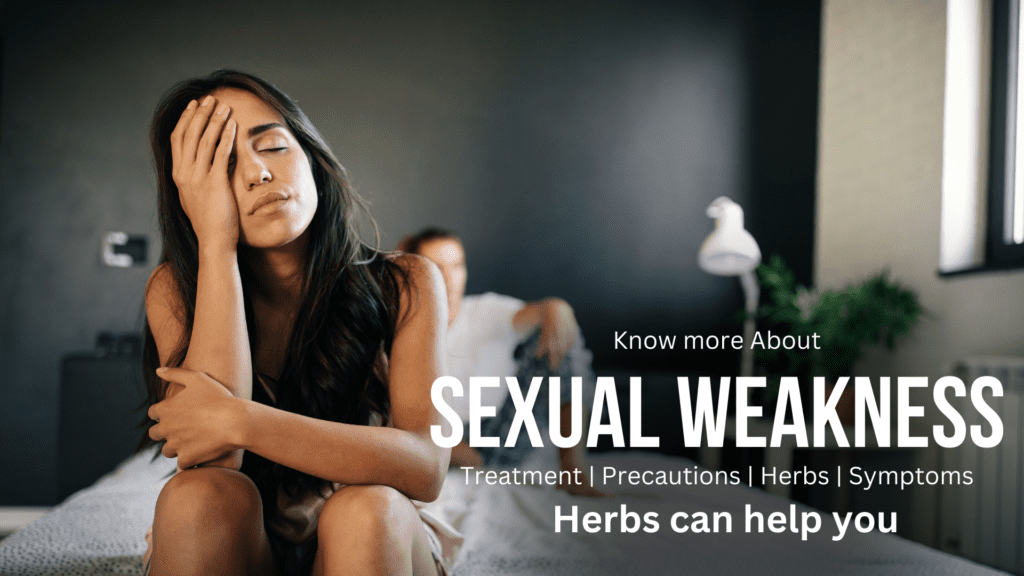About:
Scoliosis is a medical condition that affects the spine, causing it to curve to the side. The curvature can be mild or severe and can affect people of all ages. In Ayurveda, scoliosis is believed to be associated with an imbalance in the Vata dosha, which controls movement and sensation.
Causes of scoliosis:
The exact causes of scoliosis are not fully understood, but it is believed to be caused by a combination of genetic and environmental factors. Some of the known risk factors for scoliosis include family history, certain neuromuscular conditions, and connective tissue disorders.
The danger of scoliosis without treatment:
If left untreated, scoliosis can worsen over time, leading to more severe curvature of the spine. This can result in chronic pain, limited mobility, and deformity of the spine. In severe cases, scoliosis can also cause breathing difficulties and damage to the heart and lungs.
Symptoms of scoliosis:
The symptoms of scoliosis can vary depending on the severity of the curvature. Some of the common symptoms include:
- Uneven shoulders or hips
- One shoulder blade sticks out more than the other
- Uneven waist or ribcage
- A noticeable curve in the spine
- Back pain or muscle fatigue
Best 10 Precautions for scoliosis:
- Practice good posture and body mechanics to reduce stress on the spine.
- Engage in regular physical activity to strengthen the muscles that support the spine.
- Wear comfortable and supportive shoes to provide cushioning and stability.
- Use proper body mechanics when lifting heavy objects.
- Get regular massages or acupuncture treatments to alleviate muscle tension and pain.
- Use heat or cold therapy to reduce inflammation and pain in the affected area.
- Practice stress-reducing activities such as yoga or meditation to manage stress levels.
- Maintain a healthy body weight to reduce stress on the spine.
- Follow medical advice and treatment plans as recommended by a healthcare provider.
- Use assistive devices such as braces or corrective shoes as prescribed by a healthcare provider.
Facts:
According to the World Health Organization (WHO), scoliosis is a common condition that affects millions of people worldwide. The WHO recommends a comprehensive approach to managing scoliosis, including early detection and diagnosis, appropriate medical care and therapies, and support services for patients and their families. Treatment for scoliosis may include physical therapy, bracing, and in severe cases, surgery. It is important to seek medical advice and treatment for scoliosis to prevent complications and improve quality of life.

